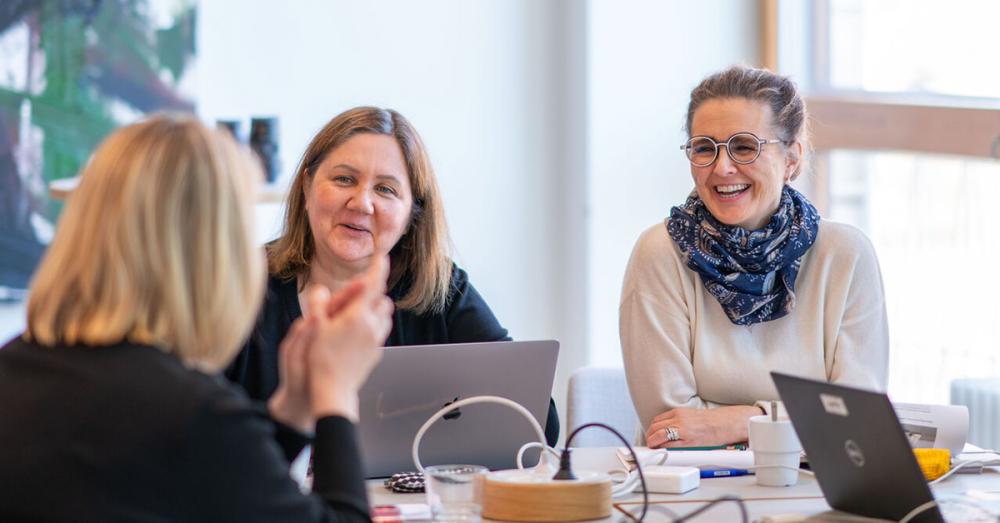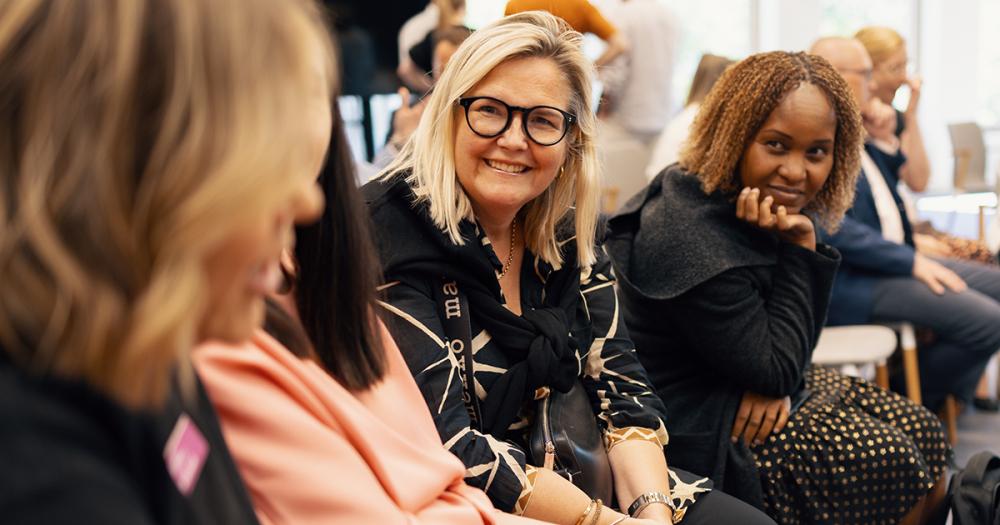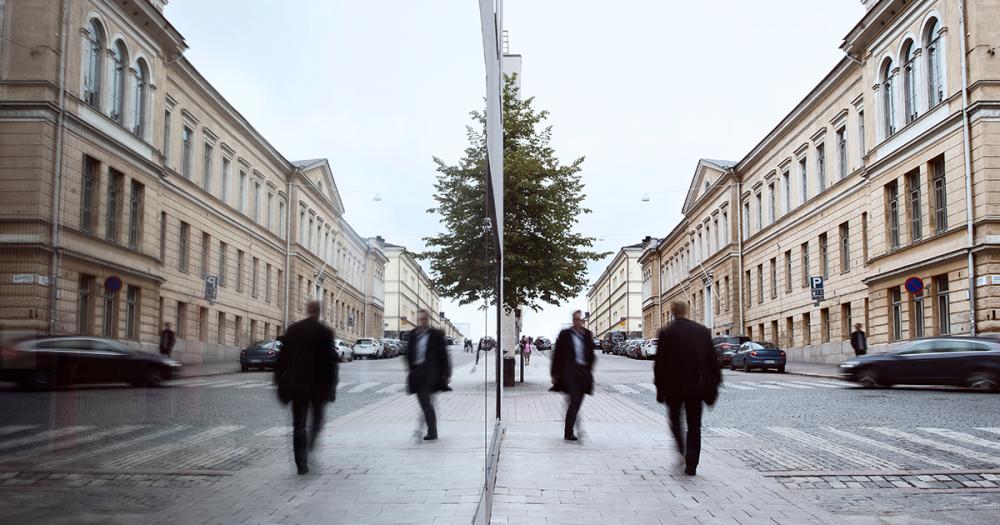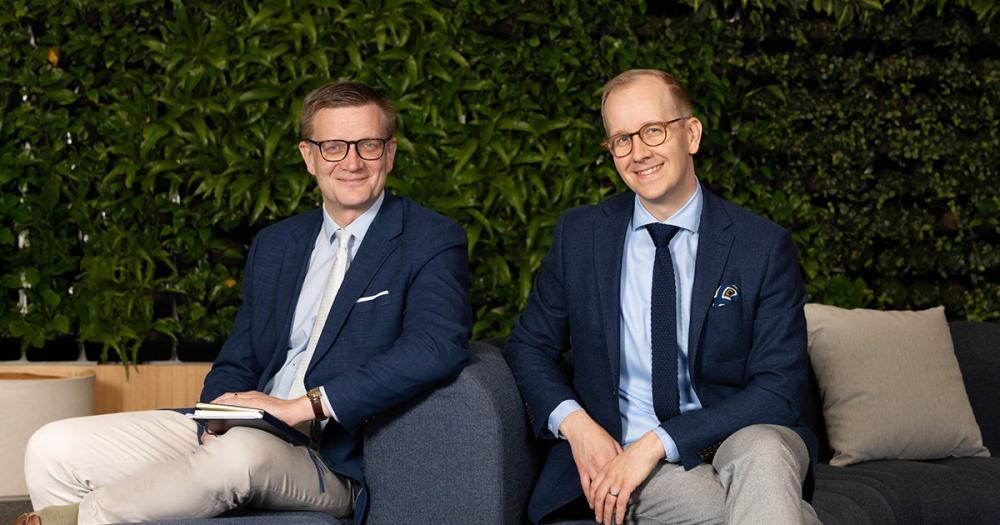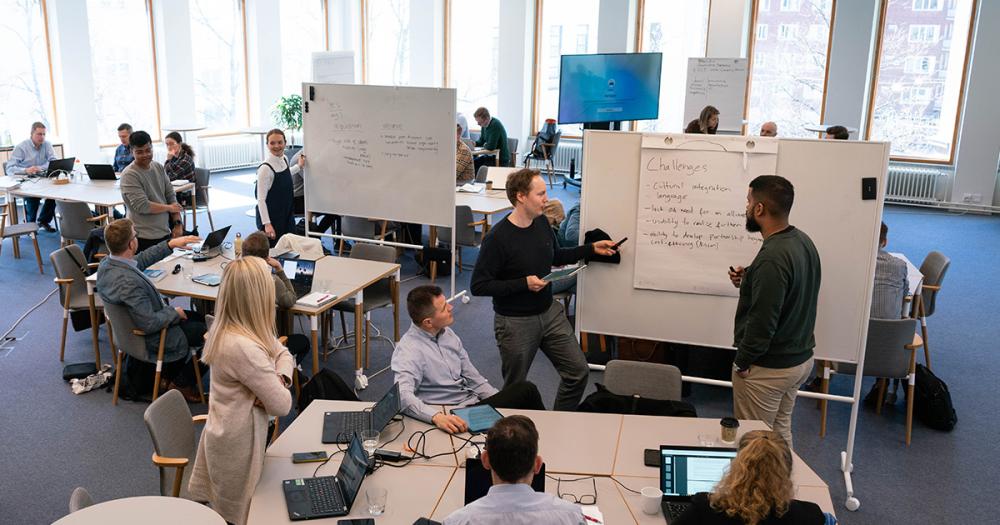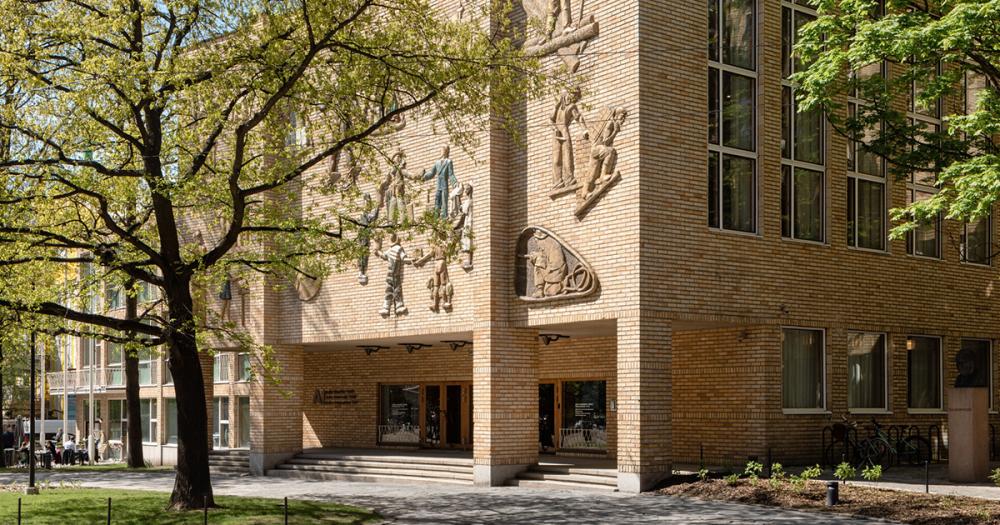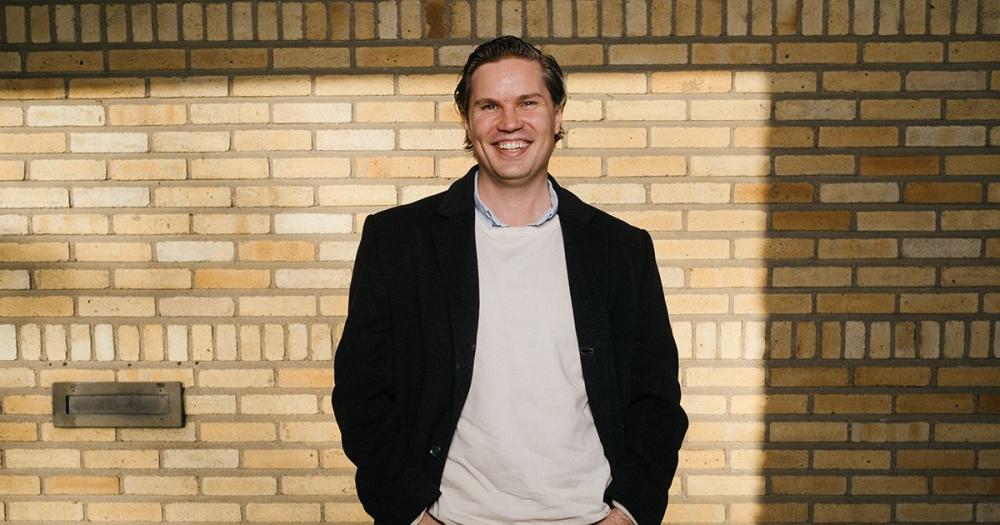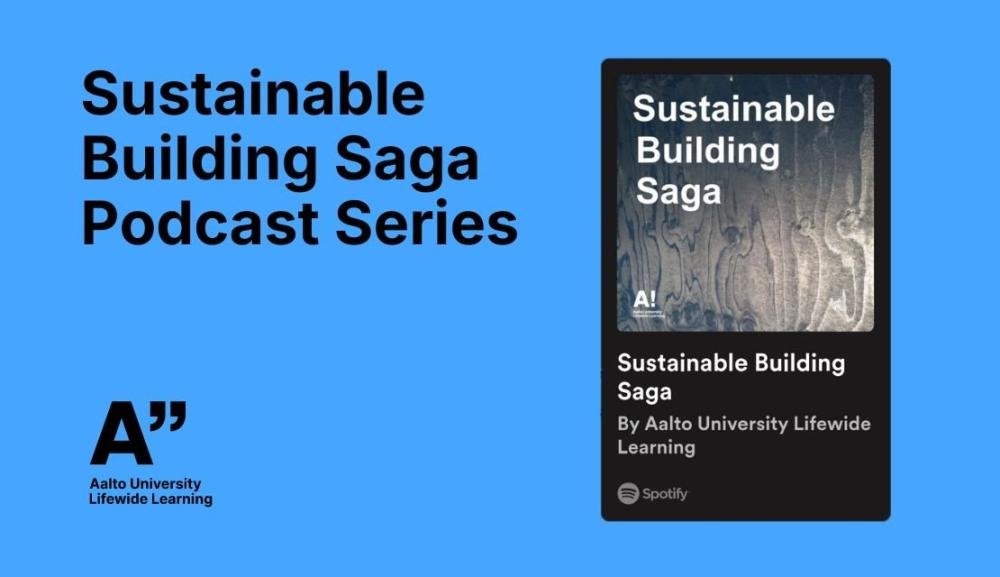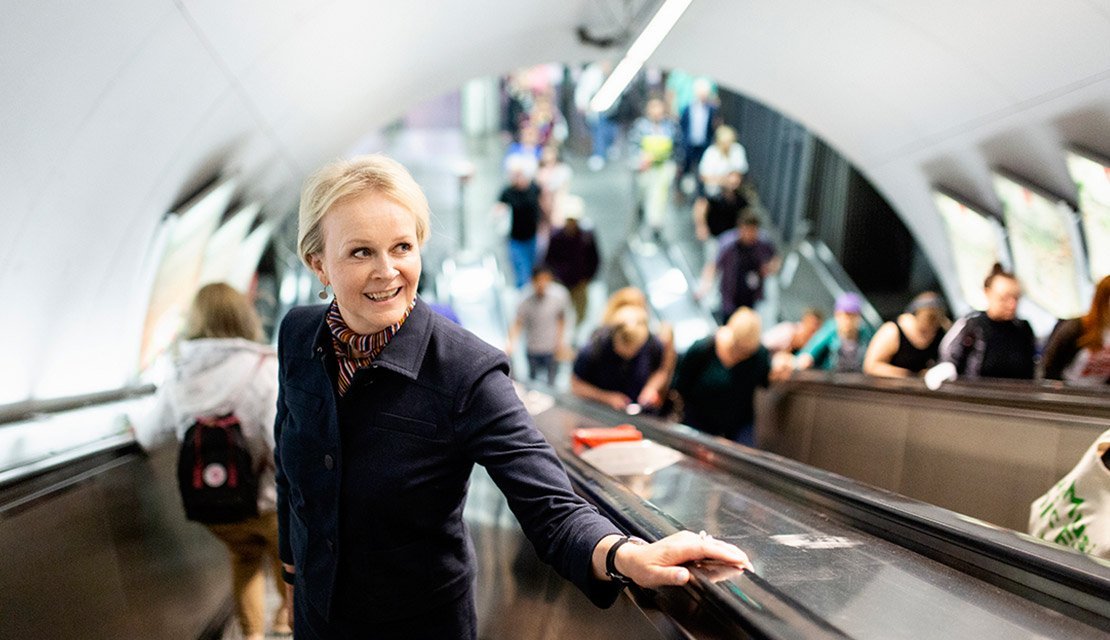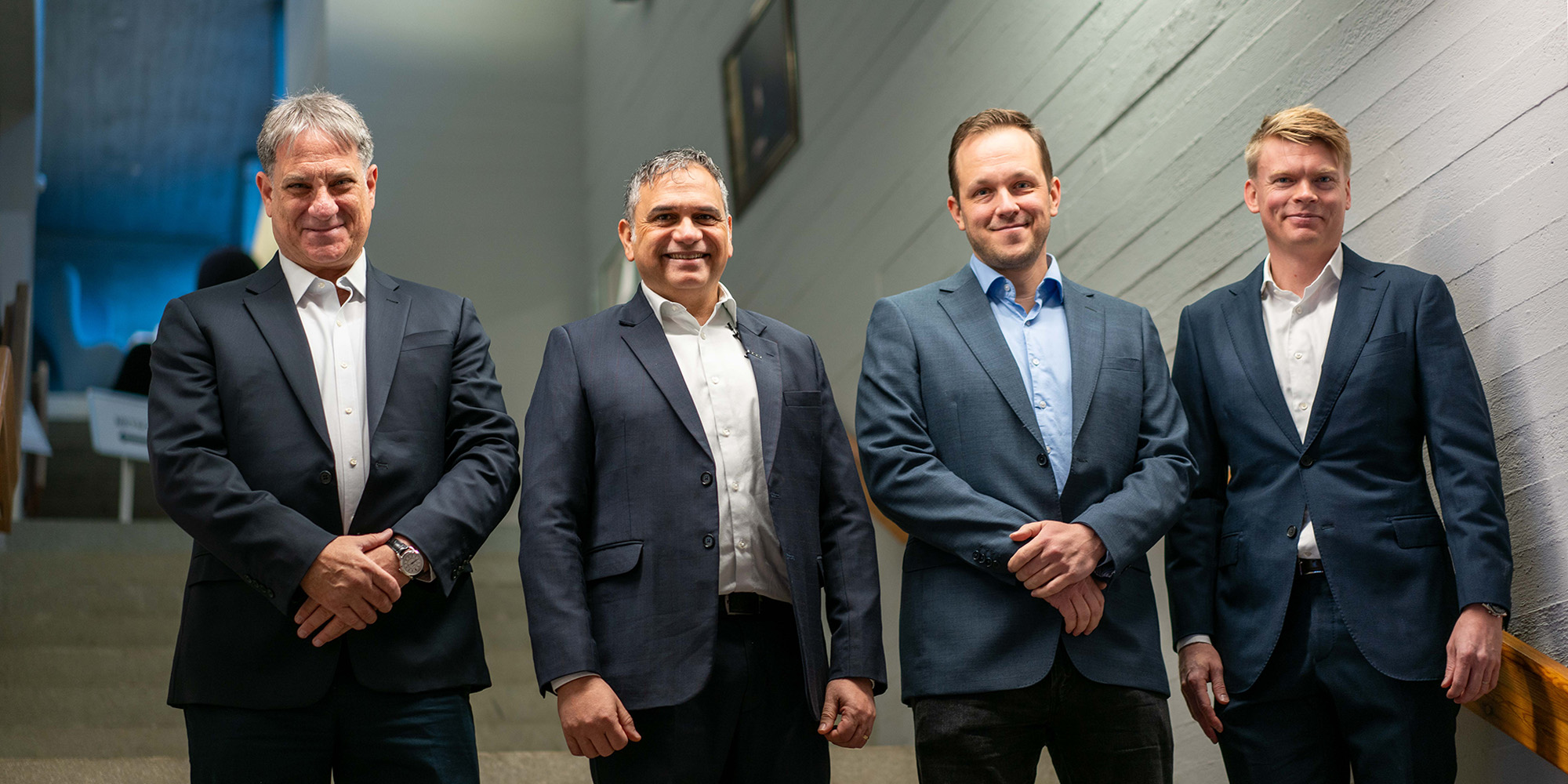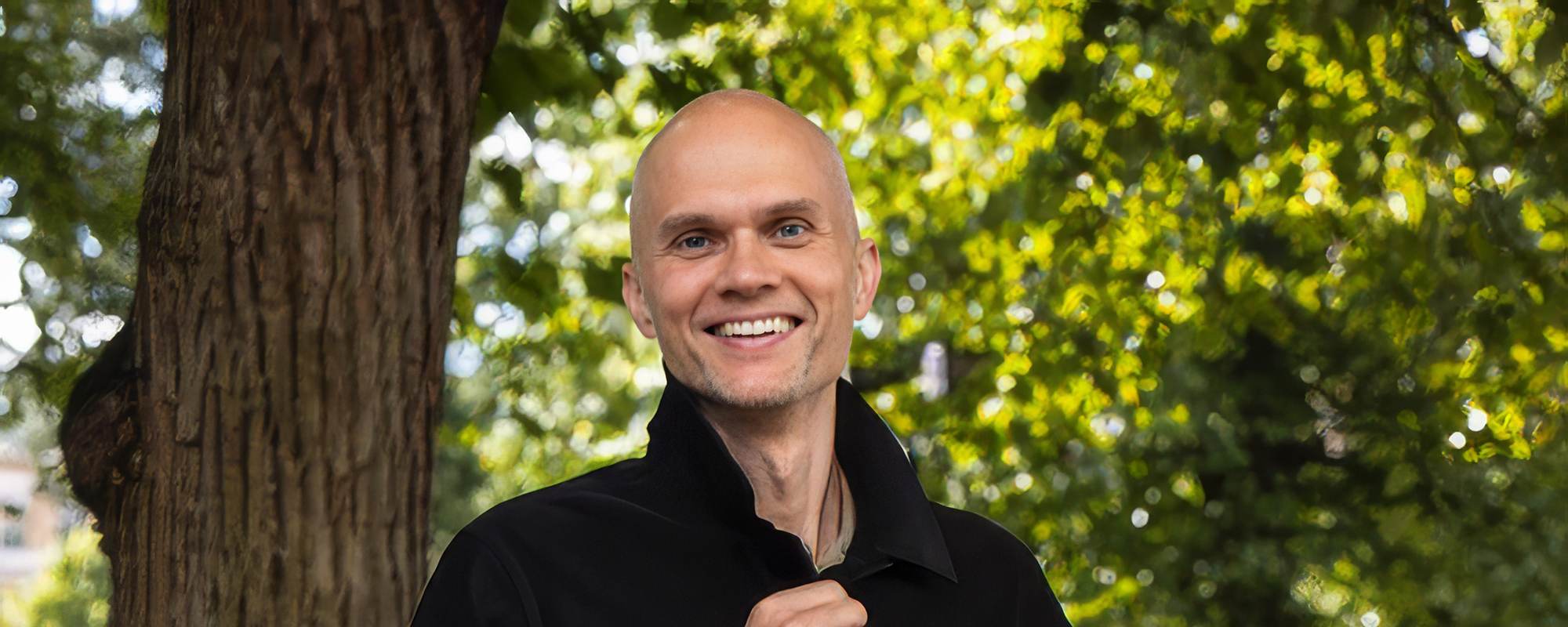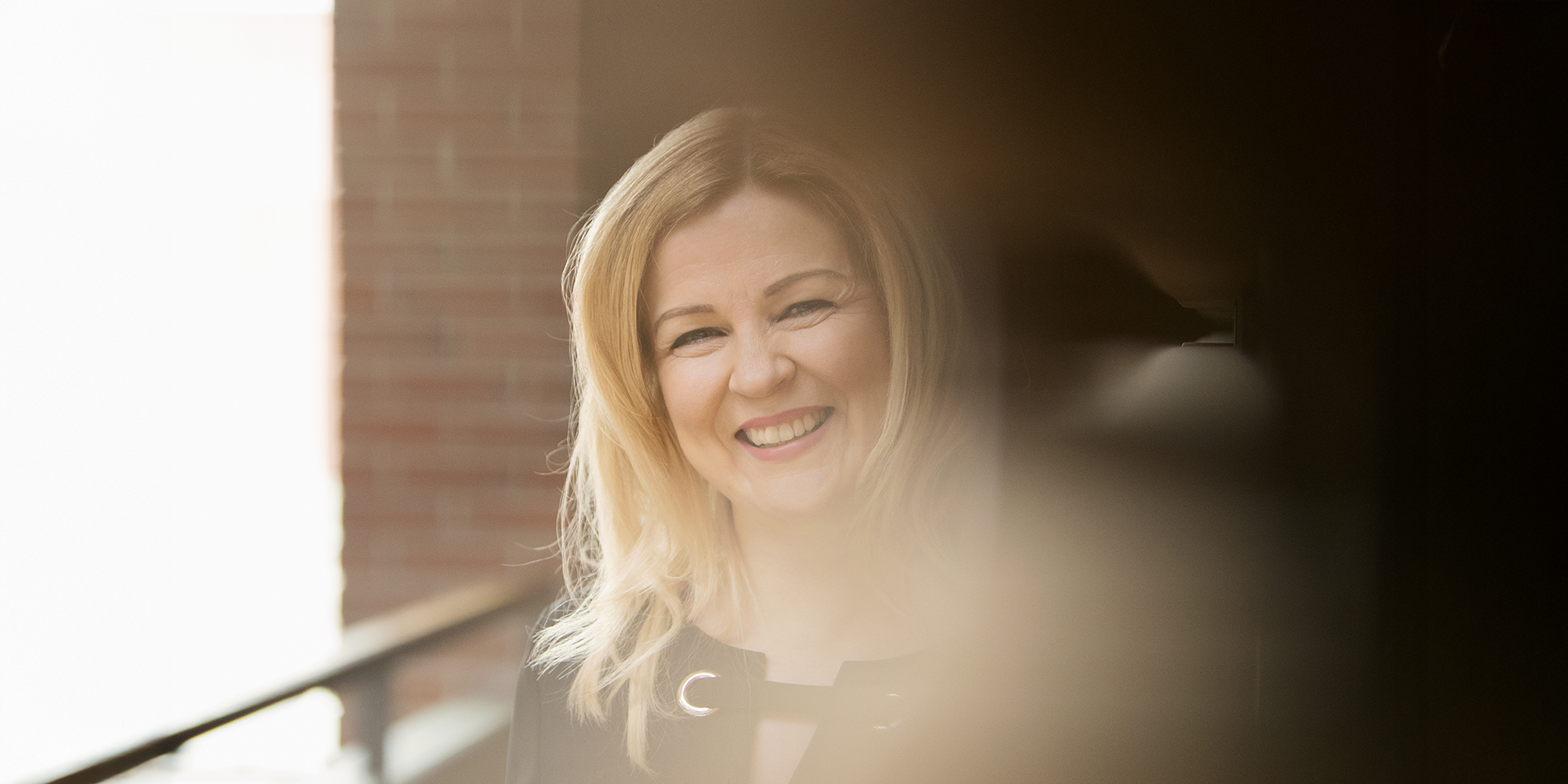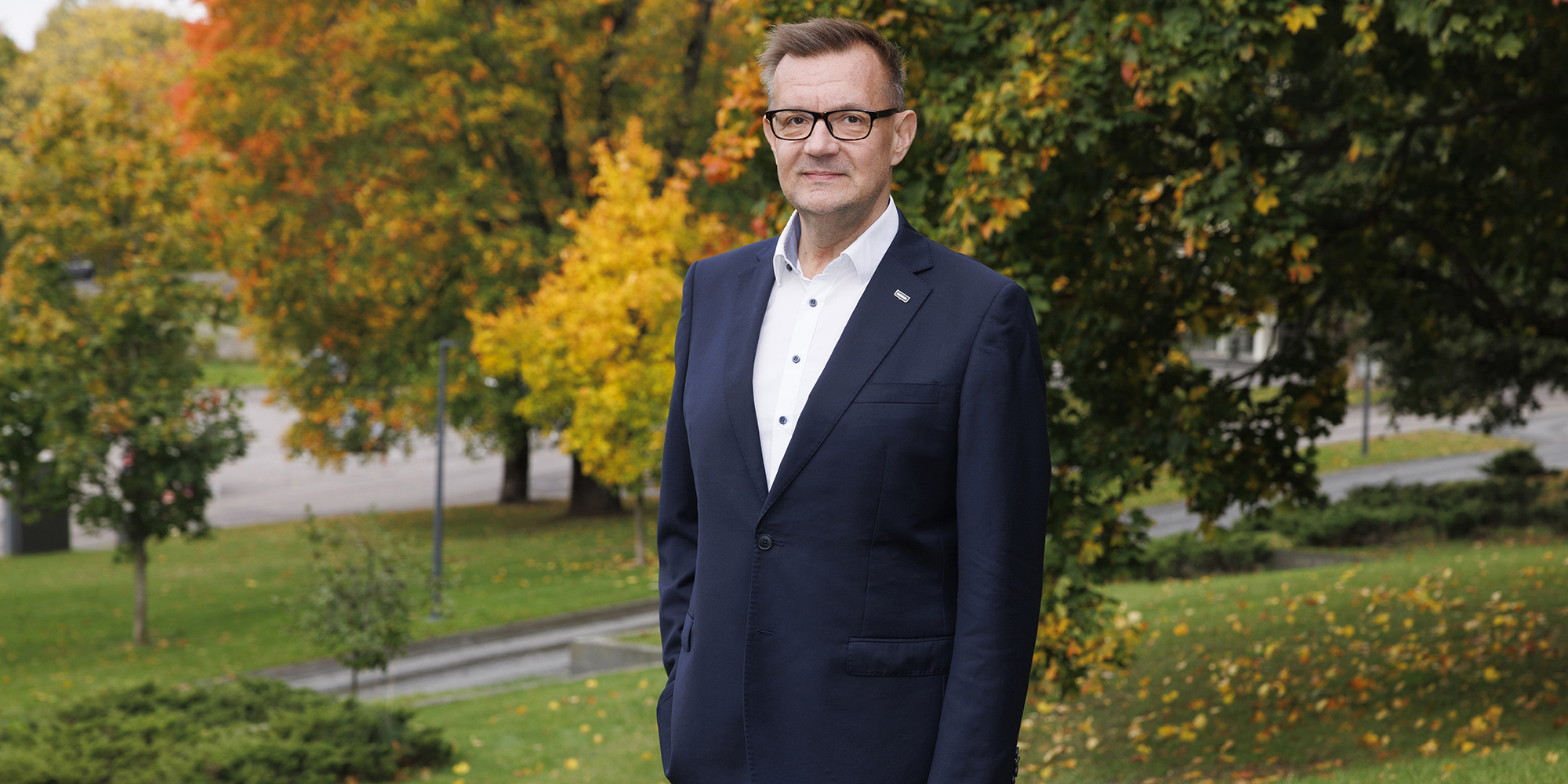First it was pure chance, then a choice. Whenever Kirsi Nuotto changed jobs or responsibilities, she ended up in an organization that was in the midst of a major transformation. For an HR professional, it has meant organizational renewal, restructuring, hiring key people, redefining the direction, harmonizing work methods, and implementing changes, often together with the CEO. Sometimes, alongside all that s inspiring, transformation has also meant letting people go, reorganization, and cutting back, while trying to keep up the faith in what s to come.
Already early on in her career, Nuotto learned to enjoy bringing about change. It gave a chance to create and learn something new in the process. She began to intentionally pursue tasks where standing still and sticking to a routine were not enough.
Nuotto has now been a HR director for about two decades. The work has changed so much in the 2000s that you could say the entire profession is undergoing – you guessed it – transformation.
“Now numbers are calculated by machines, processes are automated, and all data and personnel figures are readily available without someone in the HR department needing to add them up.”
It begs to ask: what is the role of HR as we enter the 2020s?
The train jolts into motion at Tampere railway station, headed towards capital city Helsinki.
These days, Kirsi Nuotto is Senior Vice President, Human Resources, at VTT Technical Research Centre of Finland. VTT is a state-owned research, development and innovation partner with over 2,000 employees, mostly researchers. A number of VTT s researchers work in Tampere, just under two hou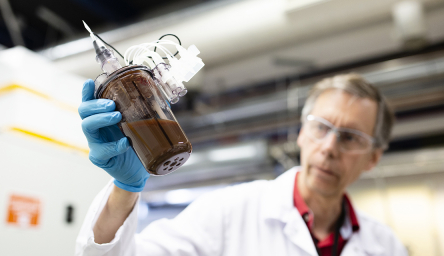 rs by train from Helsinki.
rs by train from Helsinki.
Kirsi Nuotto is sitting on a train on her way home after spending the morning with her Tampere colleagues. Together with team leaders, they reflected on staff development and rewarding, employee wellbeing, and social media. On the return journey, we intend to talk about HR in an expert organization, and what Nuotto has learned about HR management through her work at the top level of large international organizations.
When Nuotto joined VTT some years ago, a new strategy had just been implemented. The CEO had changed – and a transformation process was underway with staff.
“Exactly the type of work that gets me excited”, exclaims Nuotto.
Competition has toughened and become more international also in research. A typical feature of transformation is that competition no longer applies only to traditional rivals.
New competitors – and possible business partners – include startups, which target the same markets as VTT in an attempt to solve the key problems of humankind.
“Research can be bought from a number of instances, and just like other research institutes, VTT needs to think about how to remain relevant to customers”, Nuotto says.
“For instance, we need to make sure we know how to communicate everything we do: our part in solving climate change, mobility transformation, the future of food, solutions of the energy sector… We are solving global challenges, but is everyone aware of this and do people grasp what we do in that respect?”
When competition gets tough, as an ‘expert on humans’, the HR director focuses even more closely on people – employees.
On the train, Nuotto opens her laptop and displays her own guiding star, the VTT People Agenda, which defines VTT’s human resource policy for achieving the goals set out in the strategy.
Public ownership means that personnel cannot be lured in by fancy cars and hefty salaries."
For example, VTT wants to be more customer-driven than in the past. The funding structure and field of science have changed, and this shift requires a new take on customer acquisition. For HR, increasing competition means having to carefully consider what type of HR policy will advance strategic aims.
“Employing the best talent is absolutely crucial to us”, says Nuotto.
Attracting talent is different for Nuotto at VTT compared to her previous workplaces, which were international listed companies. VTT is part of Finland’s official innovation system with a mandate to develop societal competitiveness. It is a fully state-owned and controlled non-profit limited liability company. In terms of rewarding systems, public ownership means that personnel cannot be lured in by fancy cars and hefty salaries. But there are other ways in which changes in the world of work benefit organizations like VTT: according to one study after the next, meaningfulness and good working conditions, including the opportunity to influence one’s tasks and maintain a good work-life balance, are increasingly important factors for employee motivation.
“Merely implementing other people’s decisions without having a say in your own work is no longer enough for talented, ambitious people”, emphasizes Nuotto.
She compares recruitment processes she has witnessed during the past 20 years in international companies. The roles of job seekers and the employer have changed significantly.
“Employers used to dictate the conditions and say: come work here. Now employees consider where they want to work and issues they want to advance through their work.”
According to Nuotto, also the questions asked by potential employees in a recruitment situation are completely different than during past decades.
Now employees consider where they want to work and issues they want to advance through their work.”
“In the past, they’d ask about the role and benefits. Now they ask about the management and working cultures, whether advancement is transparent, possibilities to impact decision-making at the workplace… Really good, relevant questions!”
Nuotto mentions that nowadays many candidates ask why the interviewer wants to work there.
In an expert organization, few would begin to list traditional benefits as the reason. An inspiring atmosphere, independent work, and much-discussed meaningfulness are more important: does this job have broader significance, and does it feel meaningful?
When Nuotto and her colleagues discuss the topic of rewarding, they do not only talk about salaries but “rewards as a whole”.
In addition to m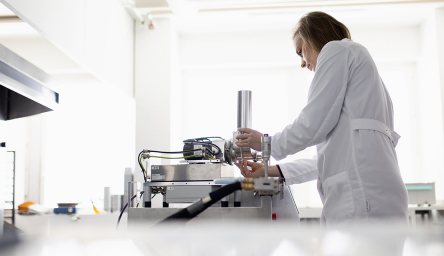 eaningfulness, continuous learning – the opportunity for personal development at work – is seen as important, whether through mentoring, coaching, further education possibilities, international conferences…
eaningfulness, continuous learning – the opportunity for personal development at work – is seen as important, whether through mentoring, coaching, further education possibilities, international conferences…
The competence development of employees is vital in order to remain a top research center in the world, but it’s also something employees demand: people are after work that develops their expertise.
The best talent is also lured in by paying attention to their leisure time. VTT offers slightly more days off than many private companies. “Holistic wellbeing” has been a big thing, which does not only mean occupational healthcare but also good leadership, work-life balance, fitness activities, and information on a healthy lifestyle, all designed to support occupational wellbeing. VTT’s own researchers have been involved in reflecting on employee wellbeing; its personnel after all includes experts on the future of work, psychology, and coping at work.
Employees are hardly promised a stress- and pressure-free existence, but the fact that wellbeing is discussed in the context of rewarding is noteworthy.
“When someone thinks about their workplace, they think about a whole lot more than their salary”, Nuotto says.
A domino effect applies to attracting the best talent; when an organization manages to recruit a few top people, others follow. “Talent attracts talent, as they say. People want to be where things are happening.”
The train journey from Tampere to Helsinki is a reflection of Finland: an urban landscape disappears in an instant, and the countryside begins.
The windows offer views over fields and forest, followed by more fields and forest. The scenery is a far cry from a sea of lights and global metropoles. Kirsi Nuotto has had an international career, globetrotting between continents for work. She now works in Espoo in the Helsinki metropolitan region. Finland may be a little isolated from everything, but the scientific community at VTT is global: researchers hail from dozens of different countries, and studies aim to solve increasingly global challenges.
Finland may be a little isolated from everything, but the scientific community at VTT is global."
Nuotto attended Helsinki’s French school when she was young. She had set her mind on an international career already back then. In the 1980s, she studied French and Spanish at the University of Helsinki and applied for minor studies at the Faculty of Sciences and School of Business. “It’s another way to becoming an HR director”, she laughs. Nuotto feels that her multidisciplinary, diverse background has opened doors. Even if this “jumble” of studies was sometimes met with a frown, it turns out a career does not have to follow a set path.
When Nuotto graduated from university, she already had two children. Her husband’s work as a doctor led the family to Chicago for two years. “It made me think about what to do now, and what it all meant for my career”, Nuotto reminisces.
With her language skills, Nuotto found work as a translator at medical equipment manufacturer Datex owned by Instrumentarium. She translated anesthesia equipment manuals into French, sending the finished translations on disk to Europe. As in so many cases, chance led the way instead of plans, or at least alongside them. Nuotto got to know a French anesthesiologist, who noticed what many others would along her career later on: that Kirsi is a “people person”. What if she started training up the global sales network of Datex? Yes, why not? And so Nuotto landed a job that took her around the world from Korea to Colombia, Sydney to Reykjavik. When Instrumentarium acquired a major anesthesia equipment manufacturer, Nuotto was asked to get involved in the integration project. “It was a billion-dollar deal, which led to having to combine functions and arrange training.”
I ran to the bookstore, bought a pile of books on HR, and began to learn.”
While implementing the transformation, Nuotto got to know American HR directors – and saw her future.
“That’s really interesting”, she thought about HR. She was attracted by its focus on people while considering the viewpoint of the entire organization.
When she spotted an ad in a Finnish newspaper for the position of HR Director at GlaxoSmithKline, Nuotto exclaimed: I want that job. Her friends were quick to remind her she couldn’t apply as she had zero experience in HR.
“I ran to the bookstore, bought a pile of books on HR, and began to learn.”
GlaxoSmithKline develops and manufactures drugs and vaccines.
When Nuotto joined the company, it was going through – you guessed it: a major change process. The corporation was established in 2000 when pharmaceutical companies Glaxo Wellcome and SmithKline Beecham merged. The British-American company is listed in the New York and London 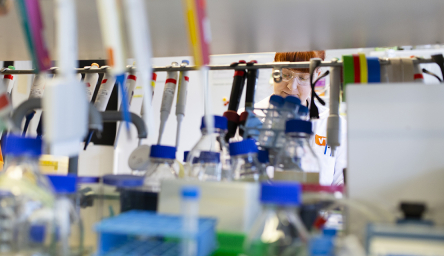 stock exchanges.
stock exchanges.
Along with the merger, the new, global company needed to execute large-scale integration and create new processes at the same time. “Everything was examined: how to lead performance, reward employees, implement integration, take care of talent management, organize new ways of working, and support good leadership. It meant selecting key people, launching board work, new regulations and ways of working…
Nuotto says she learned something new every day.
“It was the Harvard of HR.”
Whenever a company merger is mentioned in the news, one can imagine all the HR activities involved. How will the organization be structured, will there be layoffs and for whom, how the two corporate cultures will strike a chord, and who will be responding to the fears, hopes and uncertainties of employees… All these areas lie at the heart of HR and are particularly visible during times of change.
After her Harvard of human resources, Nuotto faced yet another challenge: following a selection process kickstarted by a headhunter who got in touch, she was appointed Senior Vice President, Human Resources, at Cargotec. The company had 12,000 employees, and the new CEO had been given a mandate to execute a major transformation. Clearly right up Nuotto’s street!
But Nuotto is not ashamed to admit the task was tough, at times even scary.
“We created a global HR strategy from scratch. Sometimes I trembled at the thought of how many people the change affected. But it was incredibly fascinating at the same time.”
Before joining VTT, Nuotto headed HR at Outotec. There, change took on a different form compared to her previous workplaces: “The market crashed, growth was needed, but things didn’t go to plan. There were plenty of layoffs and the likes…”
Change is never just fun and plain-sailing.
What is the hardest part of working in HR?
Nuotto pauses to think for a good while. She continues by saying that lack of an acute crisis doesn’t mean change wouldn’t be needed. Change requires a proactive approach – before the market crashes, work is changed by digitalization, or the operating environment has totally transformed. People need to be motivated, assured, and steered towards the future before trouble strikes. The transformation of work is so subtle even in the era of digitalization that it’s easy to falsely assume that former practices and methods could still be used in the future.
Motivating people for an upcoming change requires a clear vision and extremely good communication skills.”
“Motivating people for an upcoming change requires a clear vision and extremely good communication skills”, Nuotto says.
She reminds that management is aware of changes before staff: it knows the alternatives, discussions that have been held, and reasons behind each decision. When changes are communicated to personnel, it’s important to remember that their thought process is only just beginning.
“You can’t expect everyone to be immediately onboard and enthusiastic.”
In Nuotto’s experience, management is often just as concerned about the change as personnel. It has gone through the same fears and worries. “It’s a strange misconception that management would deal with change-related matters purely rationally. That’s not the case – they go through the same range of emotions.”
Change highlights a need for communication, being heard, and repetition. After the information event for employees has been held, processing the change only begins – it’s not over.
“Questions rarely arise in the auditorium. The situation needs to be discussed often, in small groups. It’s good to repeatedly go through the reasons for the change, the pros and cons, and why this particular decision was made this time round.”
It’s another key tasks of HR: to deal with emotions related to change, time and again.
Nuotto joined VTT a couple of years ago.
She had her mind set on a career in multinational listed companies but changed her mind after delving into the work carried out by VTT, the thoughts of the new management, and the transformation underway.
“I was amazed by all that was going on. You see the passion in people’s eyes when they tell you about what they are researching.”
You see the passion in people’s eyes when they tell you about what they are researching.”
It’s easy to get a sense of this when you visit VTT’s labs, test kitchens, and fermentation halls. In Tampere, we witnessed robot cars being developed and tested, while in Espoo we saw equipment for manufacturing pulled oats and oat yoghurt and what’s needed for making food from air – no kidding! Solar Foods, originally established at VTT and LUT University, is currently investigating how ICT system administrators can make use of solar power in a 5G network, which will improve reliability and energy efficiency.
VTT’s operations and research are wide-ranging. The research center has decided to focus on five social themes it calls lighthouses, which are seen as both challenges and growth opportunities. These are: climate action, resource sufficiency, good life, safety and security, and industrial renewal. In practice, the themes apply to healthcare costs, the manufacture of pulled herring, and utilizing cellulose alike.
It’s not a question of creating curiosities or supporting certain lifestyle choices, but about how we eat, get around, and inhabit a post-fossil fuel world.
VTT’s President and CEO is Antti Vasara, D.Sc. (Technology), who has a background in both the technology business and international companies. According to Nuotto, Vasara really understands how to make use of good HR.
“When executing change, it’s vital for management to think along the same lines. It doesn’t mean someone else’s view couldn’t be challenged. Where there’s trust, it’s safe to disagree.”
A HR director gets to see different types of CEOs from up close. What types of leadership has Nuotto come across over the years?
All sorts. A certain personality type that would automatically make a good leader doesn’t exist. Some are a good fit for times of growth and others with the task of restructuring. There are charismatic charmers of the masses, and fact-oriented introverts. The right personality and style depend on the situation.
“A good growth and change leader is not necessarily good at reorganizing”, says 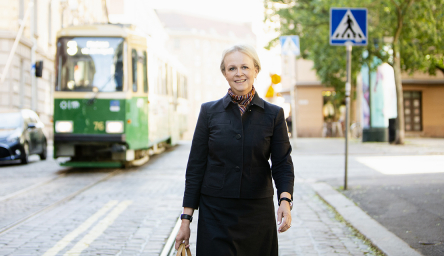 Nuotto.
Nuotto.
Instead, credibility and vision are required whatever the situation, and the need for excellent communication skills is on a constant rise. A good leader is able get others onboard. Authenticity is important; in a situation of change, people need to see that management believes in the change and stands behind it. Nuotto reminds that body language will reveal if a leader is insecure or leaves out something important.
“Authoritarianism isn’t in fashion”, she highlights.
The research community is a type of leadership test. The leader’s task is to create the preconditions for researchers to do their work as well as possible. Researchers are critical, which is a good thing.
“Challenging is the name of the game here. Empty rhetoric doesn’t work.”
Open, reciprocal, genuine, inspiring, credible, visionary – all hallmarks of good leadership of today.
But Nuotto can think of another characteristic that applies to leadership and the role of HR as we enter the 2020s.
…our next stops are Tikkurila and Pasila.”
The train is approaching Helsinki.
Nuotto explains that her mother taught her the importance of getting along naturally with different types of people from an early age. Within an organization, this means a leader effortlessly interacting both with the management team and employees on any level. No false pretenses or favoritism according to official hierarchy.
“It’s important to get to be human at work. Laugh, fail, get frustrated, and seek approval and direction for your work.”
As the train embarked, we talked about the role of HR now that figures and processes have become automated. At the end of the journey, we return to the key question: What is HR as we enter the 2020s?
The best leaders always have time for people.”
Kirsi Nuotto has a short answer: presence.
Automated routines mean HR has more time to encounter people. Presence is especially important amid continuous change.
“Along with artificial intelligence and robotization, HR has become increasingly people-oriented. It’s vital to understand what motivates people to work, and what types of emotional blockages can surface in times of change.”
According to Nuotto, it’s no longer possible to hide behind administrative work. Just like any type of leadership, HR is about problem-solving. It takes presence and dignity: hearing out and interacting with people on every level. Nuotto believes that a workplace where the leader is genuinely present, listens to employees, and communicates clearly makes for a winning culture.
“The best leaders always have time for people.”
The train arrives at Helsinki Central Railway Station, and Kirsi Nuotto continues her commute to Espoo. Just another working day: problems to solve, people to meet, changes to execute – one step at a time.
****
VTT – vast range of inventions and research
Speed limits
The number of road traffic fatalities began to rise alarmingly in the 1960s. At the time, over a thousand lives a year were lost in traffic accidents. VTT began to study the problem and found that the number of accidents could be reduced significantly by imposing speed limits. The studies led to general speed limits ranging from 80-120 km per hour being introduced in Finland.
High-quality beer
Completed in 1962, VTT’s test brewery enabled the study of industrial processes and the properties of yeasts and grains. Amongst other things, the laboratory clarified the quality and characteristics of oats. The studies revealed that the quality of Finnish oats was so good that it was even sold to Scottish whiskey distilleries.
Mobile phone
VTT played an active role in the collaboration that led to the birth of the mobile phone. In the late 1970s, the Nordic countries developed the analogue NMT (Nordic Mobile Telephone) technology that no longer required a switchboard operator. VTT also developed the world’s first video phone already in 1984, but the time was not quite ripe for its commercialization.
Homegrown blueberries
VTT and its plant biotechnology research scientists have the vision of developing a home appliance for the markets that makes it possible to grow healthy domestic berries at home. Growing plant cells in a bioreactor is not a new idea as such, but only the latest technologies have enabled the development of a plant cell incubator for home use that yields a harvest within a week. VTT’s first prototype is currently producing a harvest in Otaniemi, Espoo. The appliance resembles a design lamp suitable for the kitchen table.
Renewable energy
UPM, VTT and VW-Autogroup initiated the first fleet tests of domestic, wood-based renewable diesel in spring 2013. The fleet tests were part of a larger project coordinated by VTT, which aims to encourage companies to commercialize renewable energy solutions in traffic.
Gluten-free faba beans
VTT has developed new food application technologies for faba beans – an ancient domestic protein crop. Nutritious and protein-rich faba beans have not traditionally featured on the dinner table and have mostly been used as animal feed. VTT developed a method that combines mechanical fractionation and bioprocessing, which enables using the beans as a food ingredient. This has resulted in tasty, nutritious, protein-rich faba bean bread and pasta.
… and an attractive place to work
VTT is considered one of the most attractive places to work among technology students in Finland. It has consistently ranked among the top three best places to work in Finland since the early 2000s.
Enjoyed this long form? If yes, you can find more long forms here. You can also order Aalto Leaders' Insight Highlights newsletter to your email to enjoy the fresh stories as well as invitations to free webinars. See more information below.

